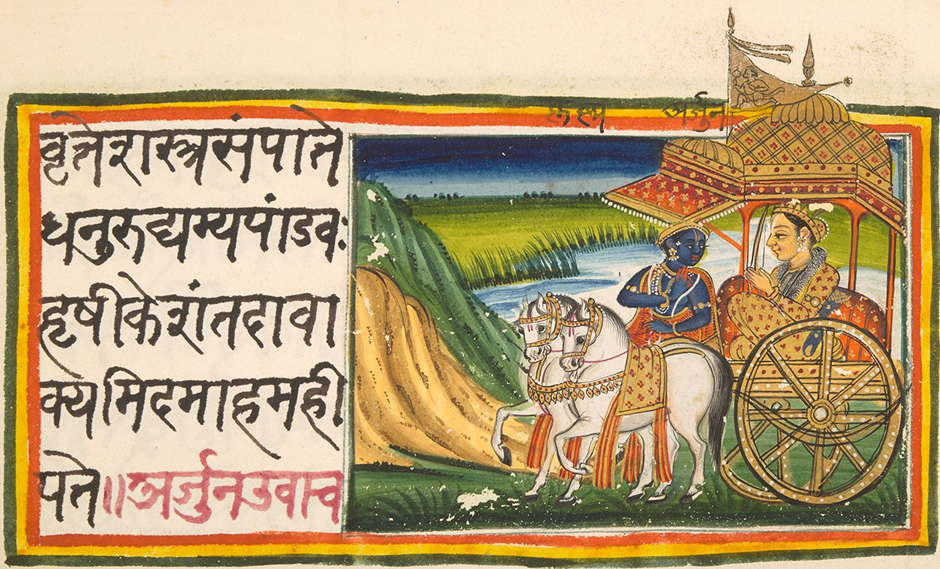

Reflections Applicable to Daily Life, with a Guided Session to Connect with Its Teachings
The Bhagavad Gita, a 700-verse Sanskrit scripture embedded within the epic Mahabharata, is more
than a spiritual classic; it is a practical guide to navigating the complexities of human life. Though
written over two millennia ago, its timeless wisdom continues to speak directly to the challenges of
the modern world—stress, confusion, moral dilemmas, and the search for meaning.
Core Teachings Relevant Today
- Dharma: Living with Purpose
At the heart of the Gita is the concept of dharma—one’s personal duty and path in life. In a time when many feel lost or overwhelmed by endless choices, the Gita reminds us to align our actions with our deeper values and responsibilities. It teaches that fulfillment comes not from external success, but from living in harmony with one’s inner calling.
2. Detachment from Outcomes
One of the Gita’s most famous teachings is: “You have the right to perform your duty, but not to the fruits thereof.” (Chapter 2, Verse 47)
This principle of karma yoga, or selfless action, encourages us to focus on effort rather than reward. In a world driven by performance metrics, likes, and followers, the Gita offers peace through the practice of detached action—doing your best, and letting go of what you can’t control.
3. Inner Peace Through Self-Knowledge
The Gita presents jnana yoga—the path of self-knowledge—as a way to achieve clarity and peace. It asks us to examine: Who am I beyond my roles, emotions, and thoughts?
By connecting with the Atman, the true Self beyond the ego, we can navigate life with steadiness even amidst chaos.
4. Meditation and Mindfulness
Chapter 6 of the Gita outlines practices of meditation and mental discipline. Arjuna is advised to sit in a quiet place, with a steady gaze and calm breath. These ancient practices mirror modern mindfulness and meditation techniques proven to reduce anxiety and promote well-being.
A Guided Session to Connect with the Gita’s Wisdom
You can deepen your understanding and experience of the Bhagavad Gita through a simple guided session. Here’s a suggested structure for a 15–20 minute personal reflection:
- Setting the Space (2 mins)
Sit comfortably in a quiet place.
Take a few deep breaths.
Optionally, light a candle or incense. - Reading a Verse (3 mins)
Choose a verse that resonates with you. For example:
“Be steadfast in yoga, O Arjuna. Perform your duty and abandon all attachment to success or failure. Such evenness of mind is called yoga.” (2:48)
Read it slowly, perhaps more than once. - Silent Reflection (5 mins)
Ask yourself:
What does this verse mean to me right now?
How can I apply it to my current situation?
Am I acting with awareness, or from fear or desire? - Journaling or Affirmation (5 mins)
Write down your reflections. You may close with an affirmation such as:
“I act with awareness and let go of the outcome.” - Closing Breath (2 mins)
End with a few mindful breaths and gratitude for the moment of inner connection.
Conclusion:
The Bhagavad Gita is not a book to be merely read—it is a companion for life. Its wisdom invites us to slow down, reflect deeply, and live consciously. Whether in times of crisis or calm, its teachings offer a compass to help us move with clarity, strength, and compassion.
In today’s fast-paced world, the Gita reminds us: the greatest journey is inward.




